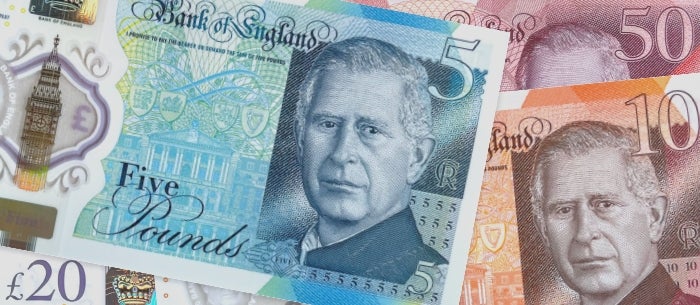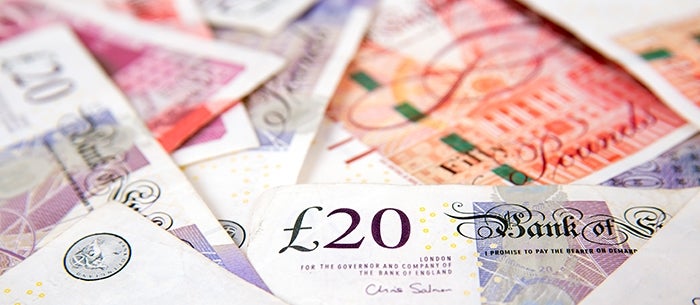Are you ready to meet your new banknotes?


It’s time to say goodbye to paper cash! The introduction of polymer banknotes significantly increased the security, durability, and cleanliness of the British Pound. Setting the new standard for the currency inside your wallet, which is why the Bank of England has decided to withdraw all paper banknotes from circulation. Learn more about the changes and how you can exchange your paper banknotes before it is too late.
In 2016, the Bank of England started introducing their new line of polymer banknotes. Increasing the security and sustainability of the currency. Paper banknotes are lot more susceptible to being damaged and counterfeited, which is why they are slowly being taken out of circulation and excluded as legal tender. The Bank of England has already withdrawn the paper £5 and £10 notes and will now move onto the final denominations. Withdrawing the £20 and £50 banknotes on the 30th of September.
It is important to exchange your paper notes on time, and avoid the risk of them losing their value. There are several methods that can be used to exchange old notes. The easiest way is to simply deposit the banknotes at the bank that hosts your UK bank account. You can also deposit the notes at certain post offices as long as you can access your bank account from there.
If you prefer to deposit your banknotes directly to the Bank of England, there are two ways to do so. You can either go to the bank in London to deposit your banknotes at the front desk, or you can mail them. Unless there an increased urgency to your exchange, the Bank of England advises you to choose the latter and avoid long queues and waiting times.
When mailing your banknotes, please note that you must fill out and include the correct forms and (identification) documents, in order for your cash to be processed correctly. If you are sending out a small number of banknotes as an individual, you only need to include the postal exchange form, a photocopy of your ID and proof that you reside at your address. If you are sending out a larger number of banknotes as a business, you also need to include a cover letter about the company including its name, registered company number, registered office in county of incorporation, the address and preferred payment method.
You can find all the correct forms, instructions, and additional information, on the website of the Bank of England. Simply follow the mentioned steps, to make sure you are ready for the 30th of September.
The following sources have been consulted and used as references in this article:
https://www.bankofengland.co.uk/banknotes/exchanging-old-banknotes
We offer free shipping for all orders with a value of £50 or more.
Safescan products come with a 3-year warranty.
Your trusted cash handling expert for more than 20 years.